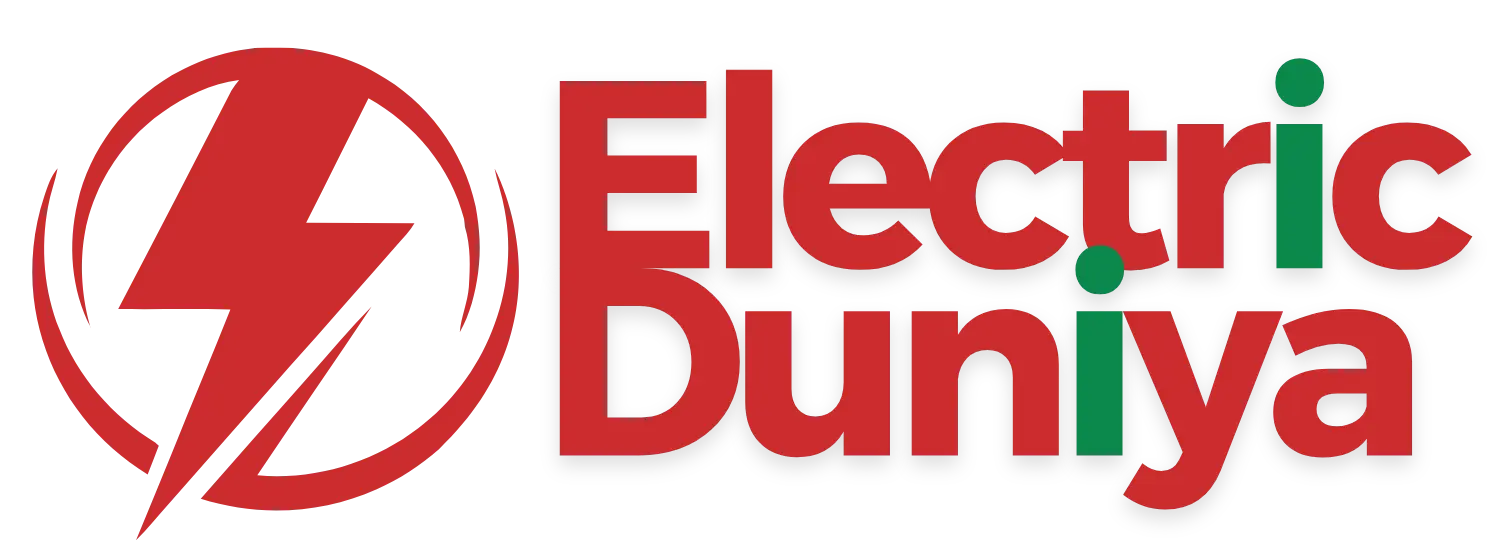Bidirectional Charging
Bidirectional charging is an innovative technology that allows electric vehicles (EVs) to not only draw power from the grid but also send energy back to the grid or power other devices. This breakthrough redefines how we use and store energy, making EVs more versatile than ever before.
Overview
Bidirectional charging, also known as two-way charging, is a step beyond traditional EV charging methods. In conventional systems, EVs only receive energy from an external source. With bidirectional charging, EV batteries can both receive and return energy to the grid, homes, or other appliances.
This system relies on advanced charging technology and software that manages the flow of energy in both directions, ensuring efficiency and safety.
How Does Bidirectional Charging Work?
Bidirectional charging operates through specialized chargers and software that facilitate energy transfer in two directions between the EV battery and an external power source. Here’s how it works:
- Energy Transfer:
- When charging, the EV battery stores energy from an external source.
- When discharging, the battery sends energy back to the power source or powers connected devices.
- Controlled Process:
Advanced software monitors and controls the energy flow, ensuring the battery isn’t overcharged or excessively discharged. This protects the battery’s lifespan and maintains safety.
Types of Bidirectional Charging
Bidirectional charging encompasses several applications, each designed for specific purposes:
- Vehicle-to-Grid (V2G):
Transfers energy back to the grid, supporting grid stability and allowing EV owners to earn incentives by selling surplus energy. - Vehicle-to-Home (V2H):
Powers a home or office using the EV battery, reducing energy costs and providing backup power during outages. - Vehicle-to-Load (V2L):
Supplies power to portable devices, tools, or appliances, making EVs an on-the-go energy source. - Vehicle-to-Vehicle (V2V):
Shares energy between EVs, ensuring one vehicle can assist another during emergencies or long trips.
Benefits of Bidirectional Charging
Bidirectional charging offers significant advantages for both individual EV owners and businesses:
- Earn from Excess Energy (V2G):
EV owners can sell unused energy back to the grid, earning feed-in tariffs while supporting grid reliability and stability. - Lower Energy Costs (V2H):
Using the EV battery to power a home or office can significantly reduce energy bills, especially during peak electricity rates. - Emergency Backup Power (V2H):
During power outages, bidirectional charging provides a dependable backup power source, enhancing energy security. - Portable Energy Source (V2L, V2V):
EV batteries become versatile energy hubs for camping, outdoor events, or emergency tool charging. They can even charge other EVs in need.
Conclusion
Bidirectional charging transforms EVs from simple transportation tools into dynamic energy assets. It enhances energy efficiency, reduces costs, and supports grid stability. If you’re considering this technology, consult an expert to understand how it fits your specific needs and the type of EV you own. As this technology evolves, it promises to make EVs even more essential in the transition to sustainable energy systems.

